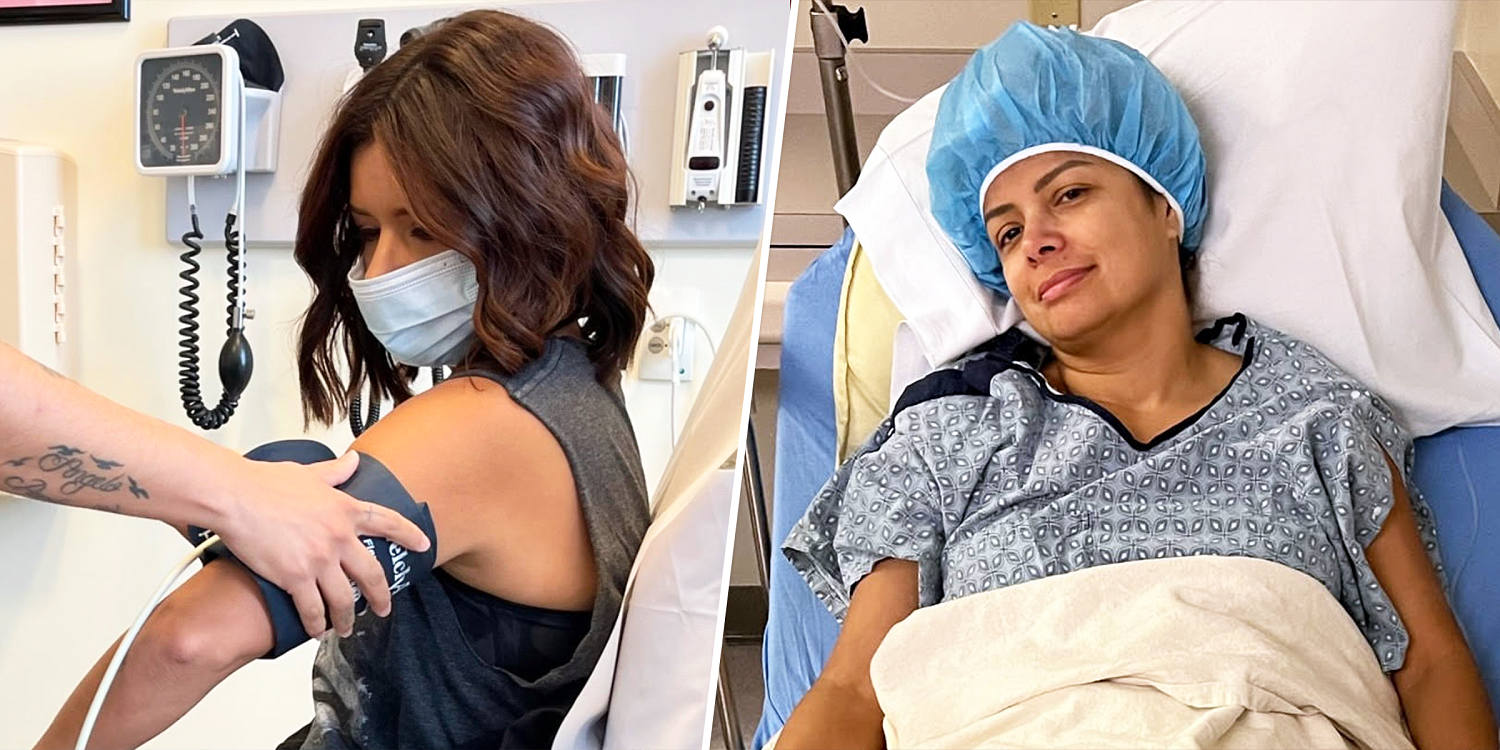
Managing blood sugar is a lifelong challenge for most diabetes patients. Research has shown that exercises such as slow jogging and squats can help lower blood sugar levels, prevent cardiovascular disease, and strengthen leg muscles. Promotes insulin secretion: Exercise increases glucose uptake in muscles, which stimulates insulin release and helps lower blood sugar levels.
Improves lipid profile: Exercise effectively lowers total cholesterol, triglycerides, and LDL cholesterol in the blood, thereby reducing the risk of complications associated with diabetes. Recommended for: All ages. Method: Keep your chest lifted and your head up, avoiding a hunched posture.

Allow your arms to swing naturally. When jogging, aim to land on the balls of your feet first, then gently lower your heels to the ground, keeping your knees slightly bent throughout. Avoid running solely on your toes, as this can lead to excessive calf fatigue.
Take small steps, aiming for a pace of 180 steps per minute. Run comfortably, without feeling overly sore, fatigued, stiff, or out of breath. Your pace should be slow enough to allow for easy conversation.
Timing: It is advisable to jog before meals or when not feeling hungry, such as between breakfast and lunch or between lunch and dinner. Aim for a total of 20 minutes of jogging each day, which can be divided into multiple sessions with no limit on the number of sessions. Location: Jogging can be done outdoors or indoors.
When jogging in place indoors, use a soft mat on the floor for added comfort. Recommended for: Individuals with weak leg muscles and high blood sugar. Method: Face a sturdy chair with your feet shoulder-width apart.
Gently hold onto the back of the chair with both hands. Push your hips backward and lean your torso slightly forward. Bend your knees slightly and distribute your weight evenly across your feet, while keeping your hamstrings and glutes engaged.
Maintain a lifted chest and an extended back. Squat down and return to the starting position to strengthen your leg muscles. Frequency: Three times a day, with each session lasting two minutes.
Note: Avoid using chairs with wheels, as they do not offer stable support for the exercise and could increase the risk of falling. Recommended for: Individuals with limited mobility or those using a wheelchair. Method: Sit with your feet together and your back straight.
Hold a towel with both hands, lifting it above your head. Use your left hand to pull the towel to the left, feeling a stretch along the right side of your waist. Hold this position for five to 10 seconds, then return your hands to the starting position above your head.
Repeat the same movement on the right side. Frequency: Three times a day, with each session lasting two minutes. Avoid exercising on an empty stomach or if you feel your blood sugar is dropping too low.
Avoid intense exercise , especially after taking glucose-lowering medication or injecting insulin. Exercising on an empty stomach can lead to symptoms of low blood sugar, such as headaches, blurred vision, delayed reactions, and muscle cramps. Monitor for symptoms of low blood sugar .
If you experience palpitations, cold sweats, dizziness, weakness in your limbs, or intense hunger during or after exercise, these could be signs of low blood sugar. Stop exercising right away, eat something to relieve the hunger, and wait until your blood sugar levels are stable before resuming activity..














